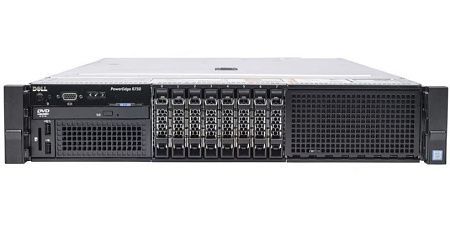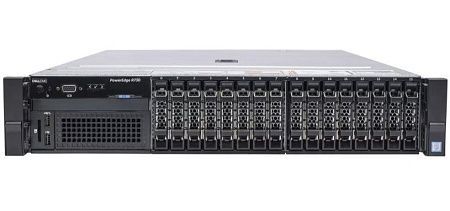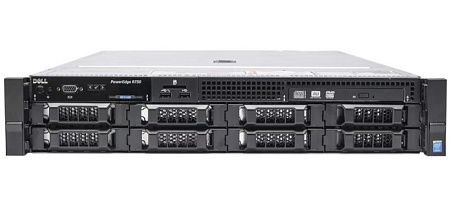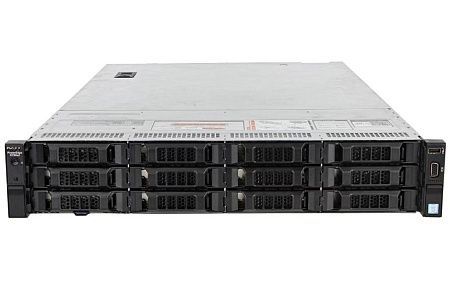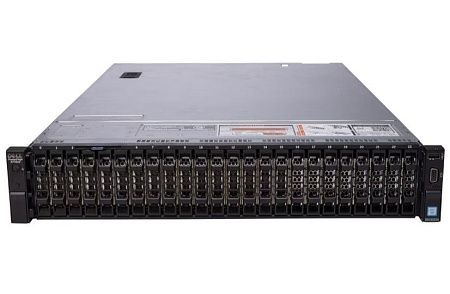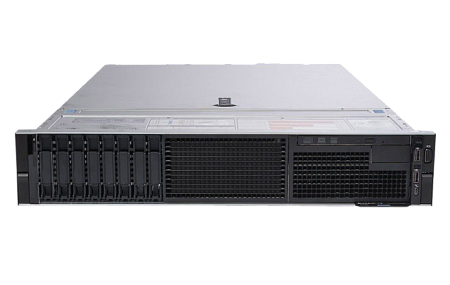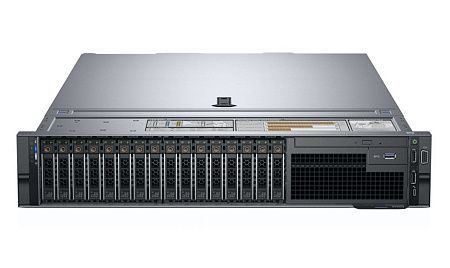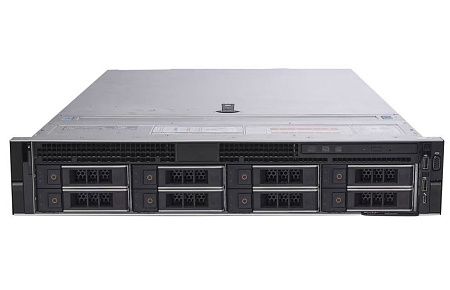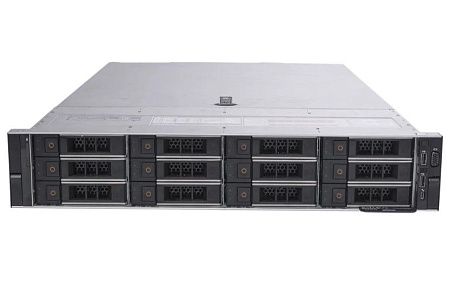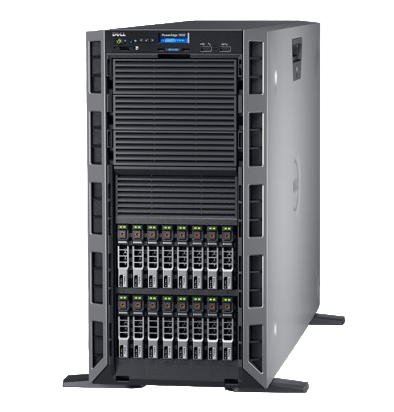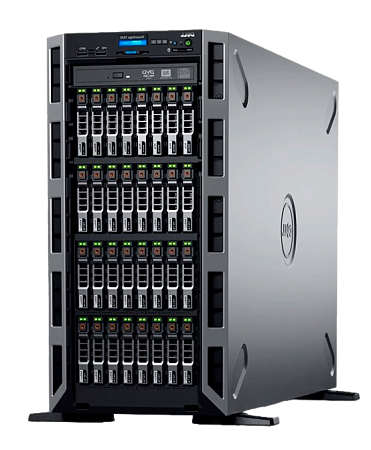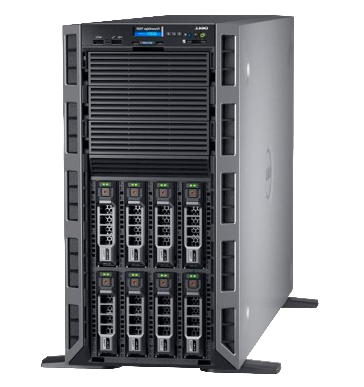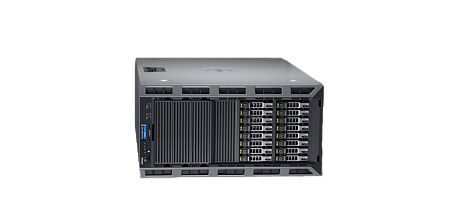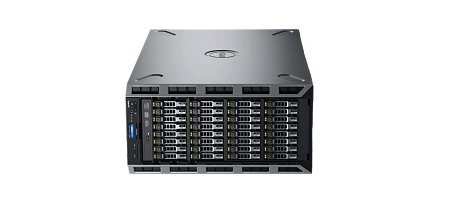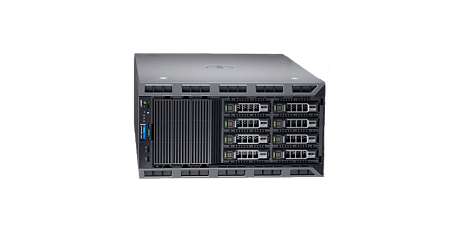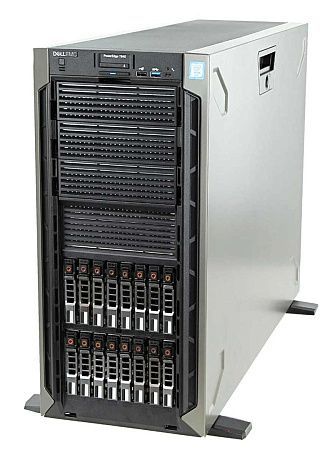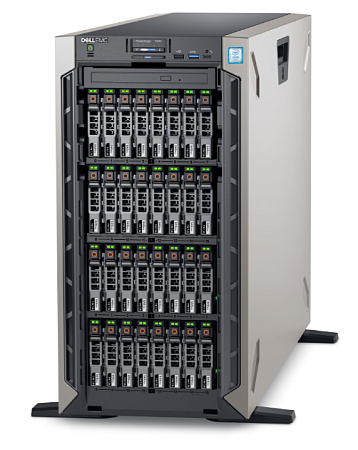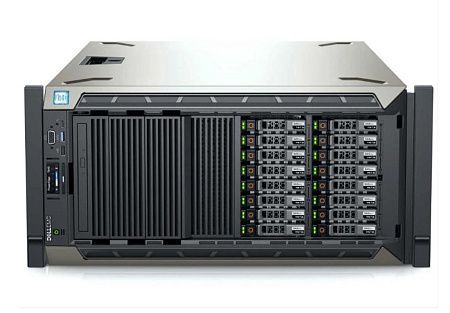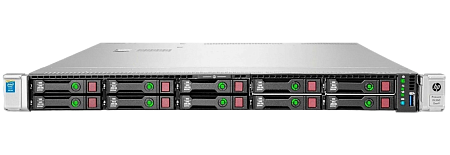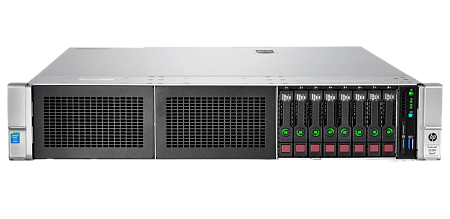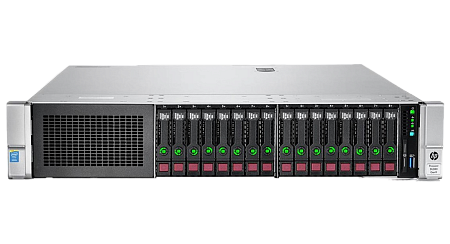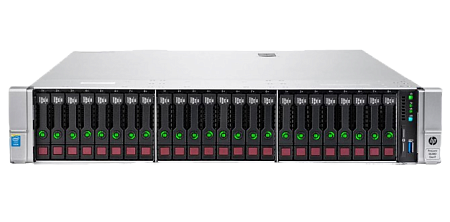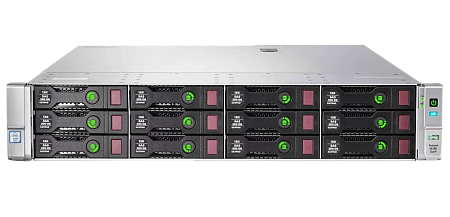A hypervisor is a technology that uses virtualization in order to deploy software on a physical device. This tool has a number of advantages:
- improving software development, testing and support;
- saving money and resources on deploying expensive server systems.
Selectel provides a choice of modern server virtualization technologies (VPS/VDS), as well as desktops (VDI). Hardware resources based on Intel® Xeon® processors and SSD drives are used. Such a choice guarantees a high level of reliability and efficiency, as well as minimal response time. VMware and KVM solutions are applied for server virtualization.
Next, we will consider the main tasks of the hypervisor:
- safe and reliable execution of machine instructions;
- eliminating guest operating system commands in supervisor mode on the host machine;
- hardware resource modeling.
History of hypervisors
Since the late 60s of the last century developers used to actively apply virtualization technologies. IBM mainframes became the first to use virtualization methods and offer developers hypervisors as part of embedded software. Initially, these resources were used to replicate computer system operations, test and analyze the functionality of various operating systems, as well as to develop improvements for them.
Hypervisors began to gain popularity in the IT community in the mid-2000s. Systems like UNIX very often used virtualization technologies at that time. The main reason for this demand was the increase in server hardware productivity, as well as the optimization of the hypervisor architecture, which led to an increase in their level of reliability and safety.
Moreover, using virtualization technologies gave the opportunity to deploy and run OS-required apps in different software or functional environments. Then, in 2005, virtualization methods became available at the hardware level in x86 processors (as a result, it became possible to use them in home and server systems).
Hypervisor security issues
It is worth paying attention to the possibility of hackers creating malware, which is the main problem here (malware is installed on the OS as hypervisors). This process is known as "hyperjacking". Malicious algorithms operate under the control of the OS and copy its operations, making them difficult to track.
Today, a wide range of different methods for detecting rootkits based on hypervisors are being actively developed:
- anti-rootkits: Hooksafe (OS protection without loss of performance);
- malware concept: SubVirt, Blue Pill.
Containers or hypervisors
It is worth noting that container technology has become increasingly in demand lately. The main reason for this was the ability of hypervisors to deploy, more apps on a single physical host.
Hypervisors virtualize hardware resources that are required for the OS to function. Hypervisors increase the need for more hardware resources (CPU, disk devices, memory, etc.).
The issue of security also needs to be taken into account when considering the performance and resource consumption parameters of various technologies. Containers are considered to be more vulnerable than hypervisors. Hypervisors create some virtual machines on a physical server, each of which has its own operating system and apps isolated from each other. Containers, on the other hand, run under the control of the host's main OS.
Therefore, an attack on a host using virtualization technologies can lead to the loss of virtual machines and applications running on them. Once the container is deployed on the host, the malware gains access to the underlying operating system of the host, which can lead to damage or loss of the entire contents of the container.
If a container is deployed on the host, then all its contents may be damaged or lost, because malware will gain access to the host's main OS.
Among the containers, the most in demand is OpenVZ, which is included in the basis of the Virtuozzo platform. This service is characterized by a high level of performance and density of virtual machines, which allows you to use the resources of physical servers as efficiently as possible.
Another great solution is Jailhouse, developed by Siemens. It operates on a hardware basis, while running from under a running Linux OS. This container is responsible for developing individual sections in the OS in order to run user applications.
Types of hypervisors
Next, we will consider the main types of hypervisors:
- Hypervisors of the first type, running at the hardware level, do not require OS installation on the host (Hyper-V, KVM, ESXi);
- Hypervisors of the second type, requiring the OS to provide VM monitor access to host hardware resources (VMware Workstation, OpenVZ, Oracle Virtual Box).
It is worth remembering that for the corporate industry, the most optimal choice will be type 1 solutions. The reason is that they provide a higher level of productivity by operating without software intermediaries.
Now let's consider the types of hypervisors in more detail.
Comparison of hypervisors
When choosing virtualization technologies, it is recommended to consider the following points:
- the main tasks that should be performed by the hypervisor;
- hardware requirements;
- hypervisor capacity, features and capabilities;
- licensing issues.
The basic Hyper-V role for server hardware running Windows Server is provided. Moreover, special Hyper-V Server solution is commercially available. The Windows Server OS is available in 2 versions – Standard and Datacenter. In Standard edition, only two VM can be deployed on one licensed copy, while Datacenter option implies an unlimited number of virtual machines.
The cost of a software license depends on the number of physical cores (according the Microsoft licensing policy). When virtualizing Linux machines on Windows Server servers, the Standard version provides an unlimited number of VM. If we are talking about virtualizing Windows machines, then there is a question about licensing the OS for them, which needs to be solved.
Hyper-V was developed especially for such an audience. It makes possible to use virtualization technologies without the need to purchase an operating system license. The solution is available for free and without restrictions on operations. However, there are some features here:
- Microsoft does not offer technical support (however, it updates the product on time);
- Licensing is required (all VMs running Windows have to be licensed);
- Graphical interface is not provided (configuration is carried out via a remote console).
It is worth noting once again that this solution can be the best option for IT specialists who deploy only Linux virtualization.
VMware ESXi (it is a part of VMware vSphere products). The solution is based on VMkernel, a lightweight Linux kernel that includes the technologies and applications needed for virtualization. A license is required for each physical CPU of the server (the cost of the license does not depend on the amount of RAM and VMs).
VMware also provides free virtualization solutions that have certain functional limitations, so they are suitable only for local amateur use. Such limitations include the following examples:
- The virtual machine does not assume more than 8 virtual CPUs;
- The API is provided by the free version of this type 1 hypervisor exclusively for reading data;
- Working with backups using Veeam products is not available.
USB Redirection, that is required to connect USB hardware to virtual machines is not available in Hyper-V. And this is the main disadvantage of Hyper-V compared to VMware. Instead, Hyper-V provides a Discrete Device Assignment.
Using encryption Hyper-V makes it possible to protect virtual machines. However, using VMware even for free can be the best solution, if hardware port forwarding is required.
It is very important to consider virtual machine management tools as well. Hyper-V uses Virtual Machine Manager (VMM), which provides access to creation, deployment and other operations with virtual machines.
The management tool from VMware is vSphere. It assumes supports ESXi hosts and vCenter Server for centralized control.
KVM is an open-source hypervisor. It is designed for Linux/x86-based servers (hardware extensions such as Intel-VT and AMD-V are supported). Today, current models of XVM support different versions of CPU and guest OS (included Windows, Linux, BSD).
KVM has become widespread and popular due to its rich and improved functionality. This hypervisor is used by a wide range of network projects (public, financial, and transport sector, Wiki resources, etc.).
Next, we will consider the disadvantages of the hypervisor:
- Stability and fault tolerance: This disadvantage is especially noticeable in I/O intensive environments. However, KVM is being actively developed, thanks to the work of independent developers, which improves the quality and the performance level of the hypervisor.
- VMs managing: To expand the functionality, third-party tools are required (SolusVM panel, as an option), since the embedded services, due to the features of their functionality, do not correspond to solutions for other hypervisors.
Xen (XenServer, Citrix Hypervisor) was released in 2003, and in 2007 the project came under the management of Citrix. This solution is a cross-platform hypervisor (support for hardware virtualization and paravirtualization is included). Since most of the modules are external to the hypervisor, the amount of code is minimal. The source code is open, so the opportunities for expert modification of the products are unlimited.
Oracle VM VirtualBox is a cross-platform modular hypervisor for macOS, FreeBSD, Linux and other operating systems developed by Cisco Microsystems in 2007. After the hypervisor was acquired by Oracle, the project continues to be promoted under a different brand. The basic version is open source and licensed under the GNU GPL, which has led to its widespread adoption among users. A feature and an important advantage of the hypervisor is that it can run on 64-bit guest operating systems (even if the host OS is 32-bit).
VMware Workstation hypervisor (the first version was released in 1999): The solution is proprietary for x86-64 host OS Windows, Ubuntu, CentOS, Linux. About 200 guest operating systems are supported. A free version of this hypervisor but with limited functionality is available for testing or review.
Hybrid hypervisors: to increase the level of efficiency, stability and security, developers combine the above virtualization methods. This has led to the creation of hybrid solutions. Recently, IT industry has been considering Xen and Hyper-V as hybrid hypervisors. Thus, the fundamental differences between the types of hypervisors are being reduced nowadays.
Specialists of our company are ready to help you purchase the server and select the necessary server configuration for any required task.












